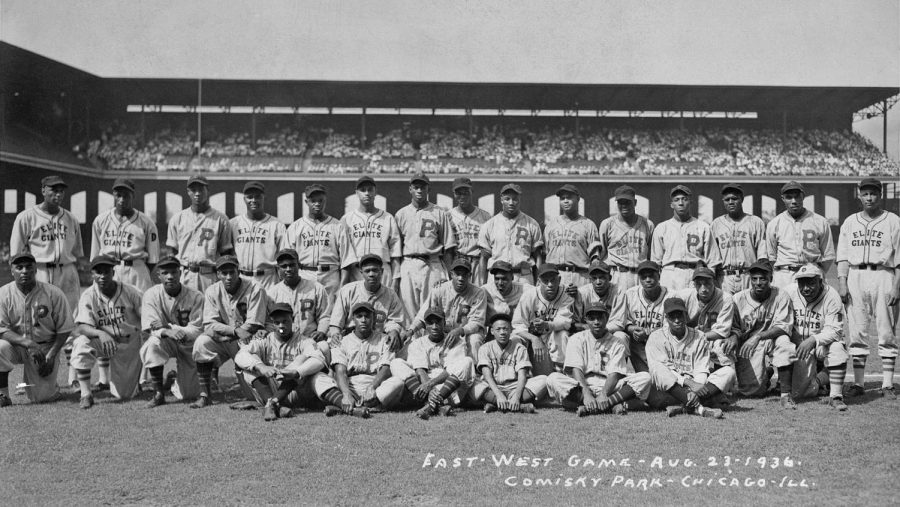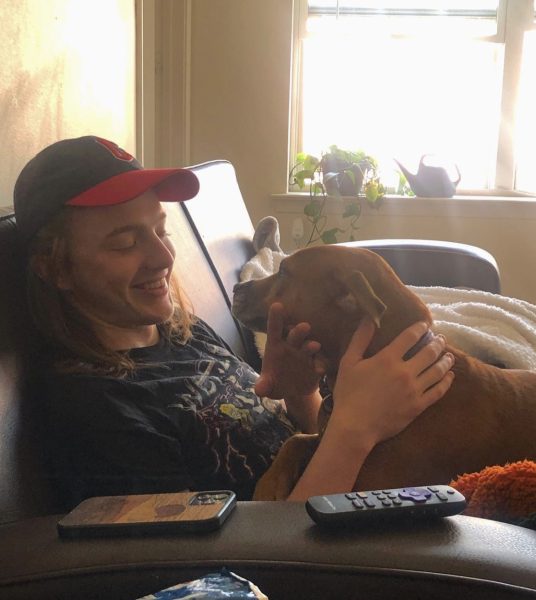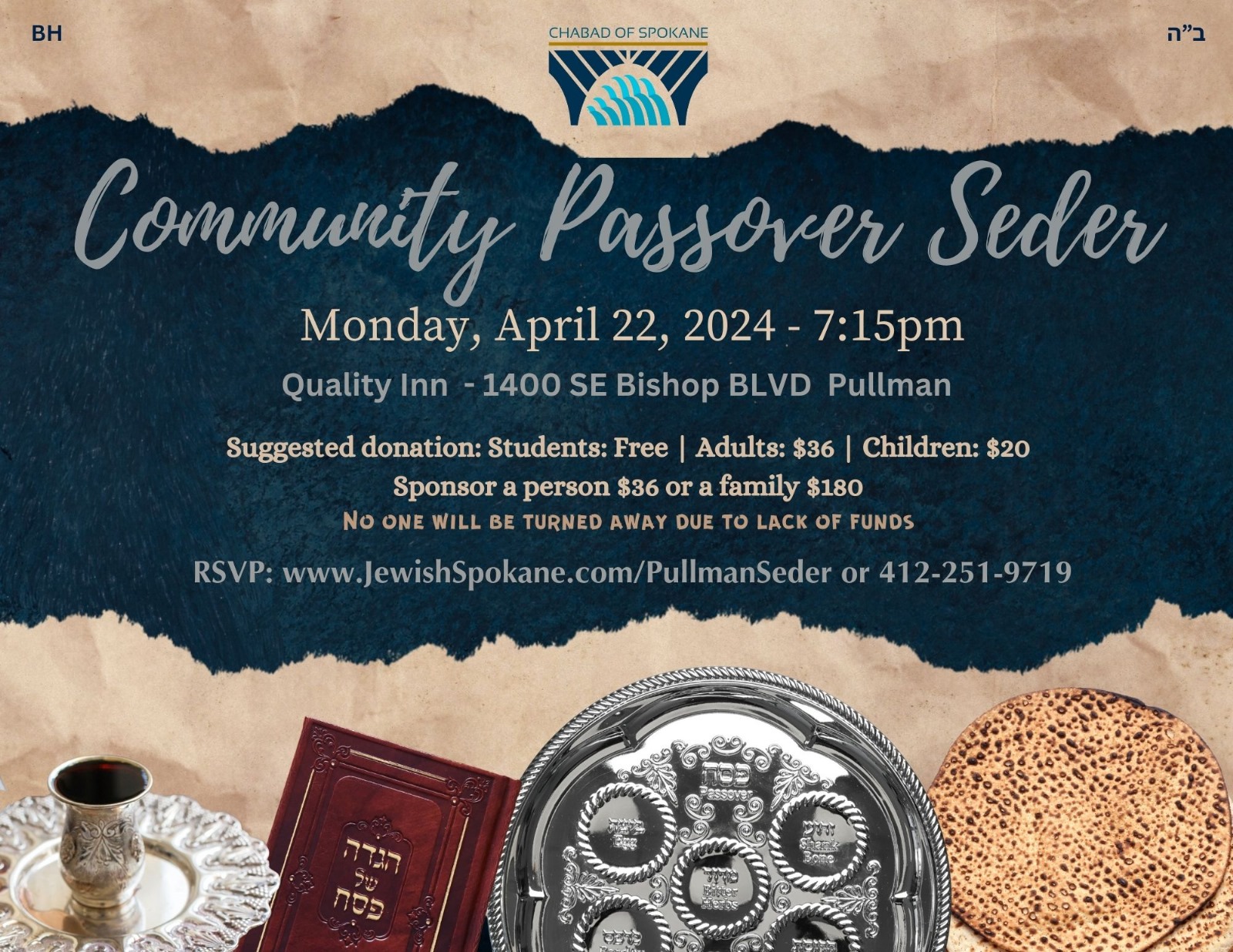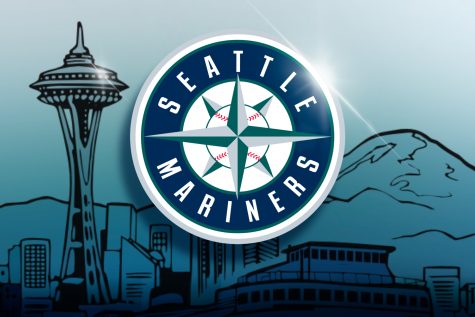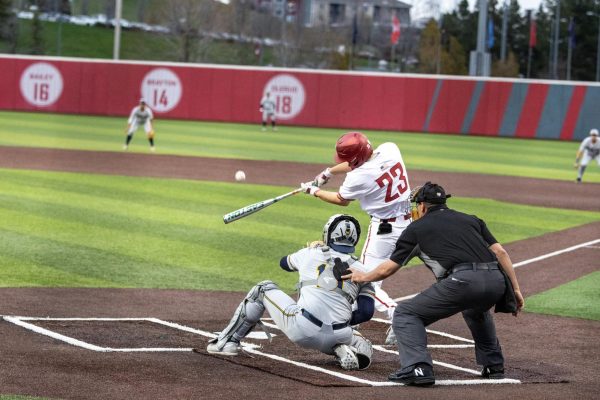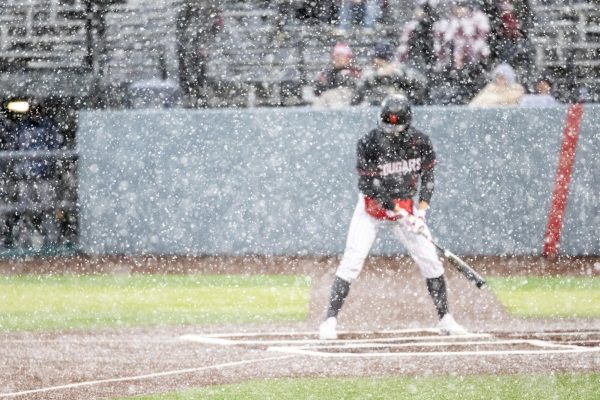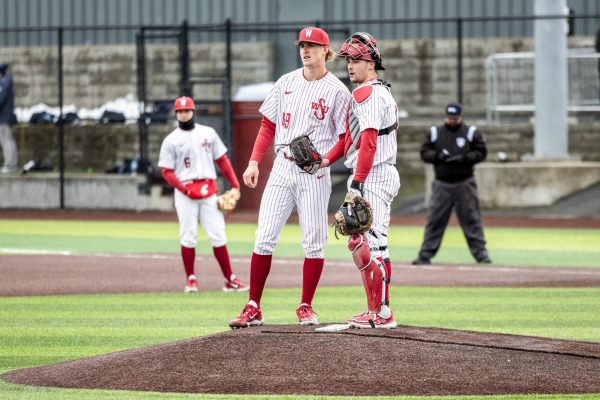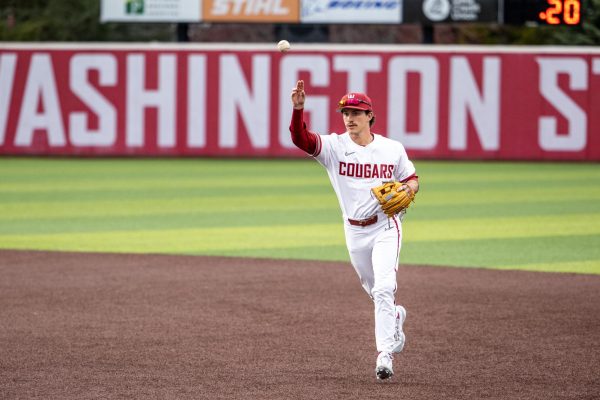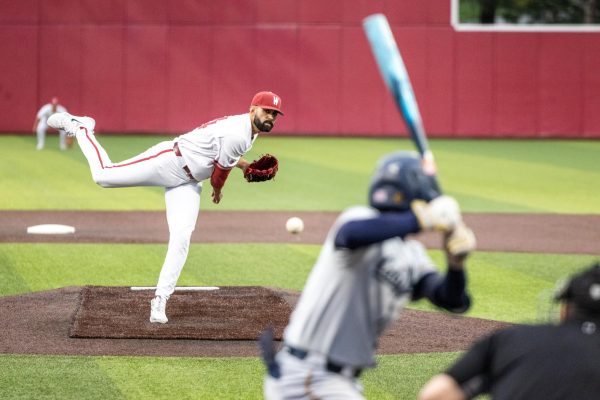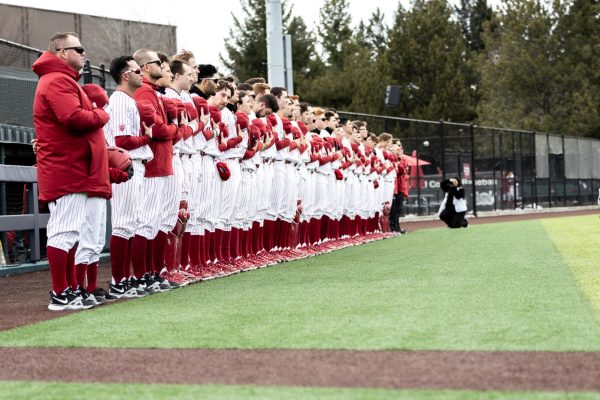Black Babe Ruth and the greatest to never play
Baseball’s forgotten leagues hid historic talents
January 19, 2023
Lou Gehrig. Babe Ruth. Ty Cobb.
These names are listed as some of the best players of the 1920s–30s. All of them were in the majors, winning World Series and MVPs in the very same leagues that we now watch on television today. These days, the American League and the National League have almost all of the top talent in the world. Back then, however, this was not the case.
Before Jackie Robinson became the first African American to play in the majors, dozens of all-time talents that were overlooked by the top teams and were forced into segregated leagues, seen as lesser by the vast majority. The Negro Leagues, as they were called, were where non-white players were relegated via a “gentleman’s agreement” prior to integration in the late 1940s.
The Negro Leagues contained generational talents, from hitters on or above the levels of Babe Ruth to pitchers that would have given the top MLB talents serious trouble. On Dec. 16, 2020 the Negro League records were added to the MLB record books, bringing some recognition to these greats, but there is still not nearly enough attention given to their history.
Here is some trivia: who hit the most home runs in a single season?
Most would answer Barry Bonds, with 73 in 2001. While this is not strictly incorrect, it is not the only answer. In 1934, Josh Gibson reportedly hit 84 home runs while not being allowed in MLB. While many of his stats are disputed by historians, such as the often touted 800+ total home runs, Gibson was an incredible talent. Playing in several Negro Leagues and in a number of independent exhibition events, Gibson put together an incredible career.
He has been called “the Black Babe Ruth,” but after looking at Gibson’s stats one may be brought to the conclusion that Babe Ruth was actually the white Josh Gibson. As a 12-time all-star and a winner of two triple crowns, there is little doubt that Gibson would be a household name if baseball had been integrated earlier. Tragically, he died at the age of 35 in 1947, just a few months before Robinson made his debut with the Dodgers.
On the other side of the ball, the Negro Leagues also contained some of the best pitchers of the era. “Smokey” Joe Williams is often referred to as the greatest pitcher in the history of the Negro Leagues. While statistics are harder to find for him, his elite fastball was the talk of many of his contemporaries both in the Negro Leagues and in the majors.
“If I was going to pick a man to throw hard, I’d have to pick Joe Williams,” said Sam Streeter, another pitcher in the Negro Leagues. “I’d pick him over all of them.”
Cobb called him “a sure 30-game winner in the major leagues”.
In 1930, at the age of 45, he had perhaps his greatest performance ever. Williams struck out 27 batters in one of the first night games, hosted under portable lights. He gave up only one hit in 12 innings, winning the game for the Homestead Grays.
There is no doubt that these two players, and many others that played alongside them, were greats of their era. It is one of the greatest tragedies of sports that they were not given the opportunity to play in the major leagues. The mark they left on baseball history was hidden by racism, and now it is our job to look back and bear what witness we can to the greatness that resided in the Negro Leagues.


